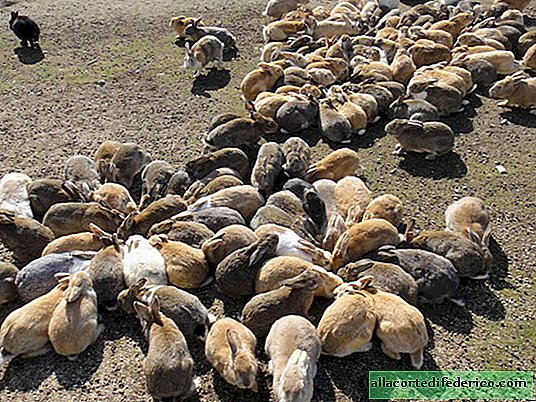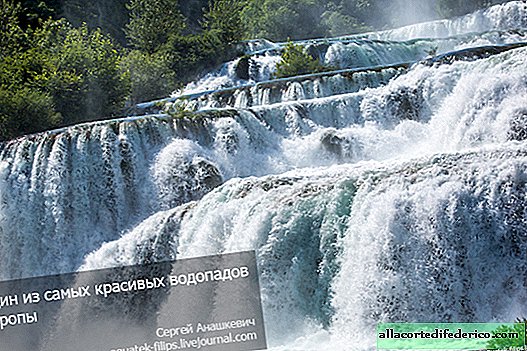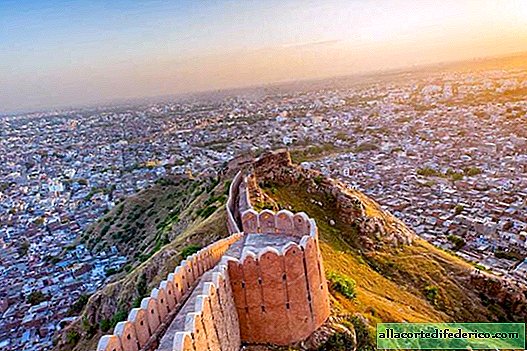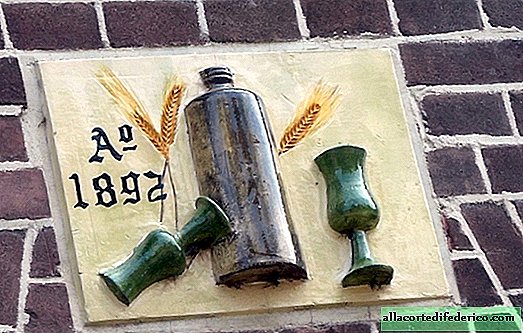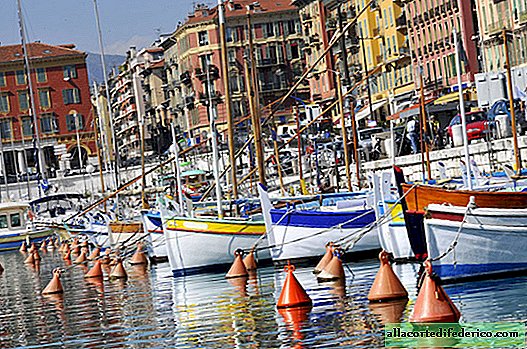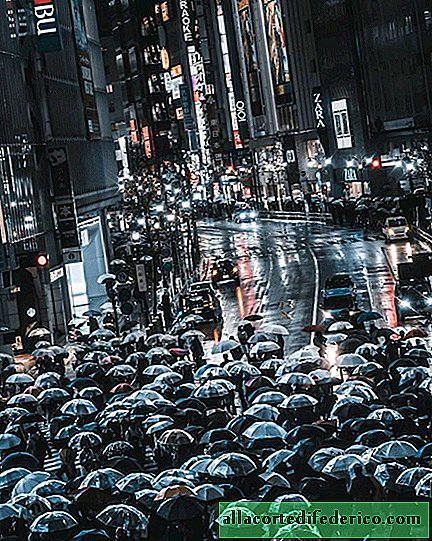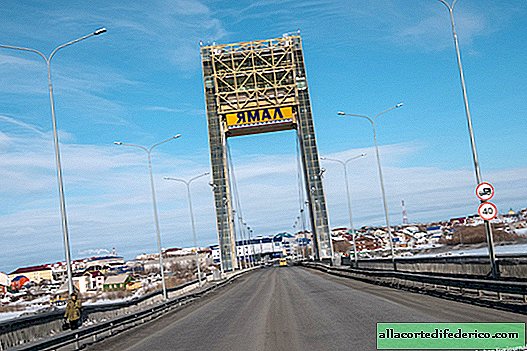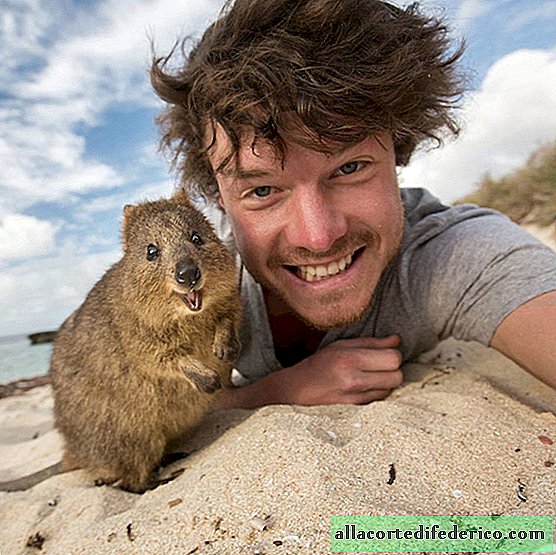Radioactive past of Novaya Zemlya: visiting the archipelago may be unsafe
In recent years, traveling across the expanses of the Arctic Ocean is gaining more and more popularity. Someone got tired of the southern sandy beaches, while someone purposefully goes to Svalbard or to Greenland for polar romance. At the same time, sea tourists are often offered a route with an approach to the Novaya Zemlya archipelago with its stunningly beautiful arctic landscapes. But do not forget that in this place there was a military training ground, where they tested the most powerful nuclear bombs in the history of mankind.
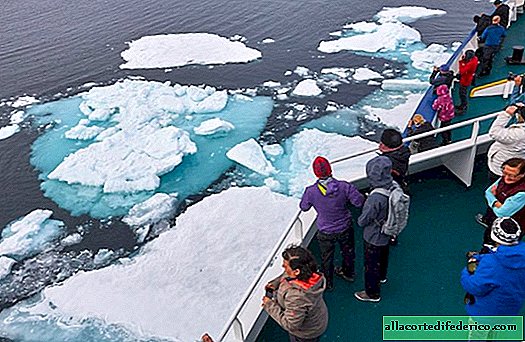
In September 1954, a nuclear testing ground was opened on the territory of the Novaya Zemlya archipelago. Along with other nuclear test sites, such as the Marshall Islands and Nevada (USA), Lob Nor (China), atolls in the Pacific Ocean (France), the Soviet nuclear test site in the Arctic was a product of the race for possession of superweapons between the leading world powers. Nuclear weapons tests were carried out here from 1954 to 1990, and during this time 132 nuclear explosions were carried out here. Tests were conducted in the air and under water, as well as underground explosions. In addition, a significant amount of radioactive waste was buried in the Matochkin Shar Strait and elsewhere on the eastern shores of the archipelago.

Today, nearly 30 years after the cessation of nuclear testing, the New Earth still retains traces of its dangerous past. Russian scientists are monitoring the radiological situation on Novaya Zemlya, and the results of these studies indicate that the radioactive background in this part of the Arctic does not meet the standards. For example, measurements carried out by scientists in 2016 revealed multiple excesses of cesium-137 levels in soils and ice cover in different parts of the archipelago. In addition, together with an international group of scientists, the state of ocean waters is being monitored in connection with the risk of the spread of radioactive contamination from underwater burials.

Today, part of the archipelago is part of the Russian Arctic National Park, which was created to protect the unique ecosystems of the Arctic region. But it is obvious that, despite the time elapsed since the last tests, the consequences of the radioactive past will be noticeable on Novaya Zemlya for more than a dozen years.

